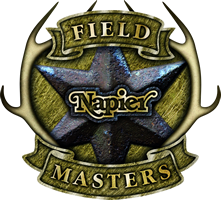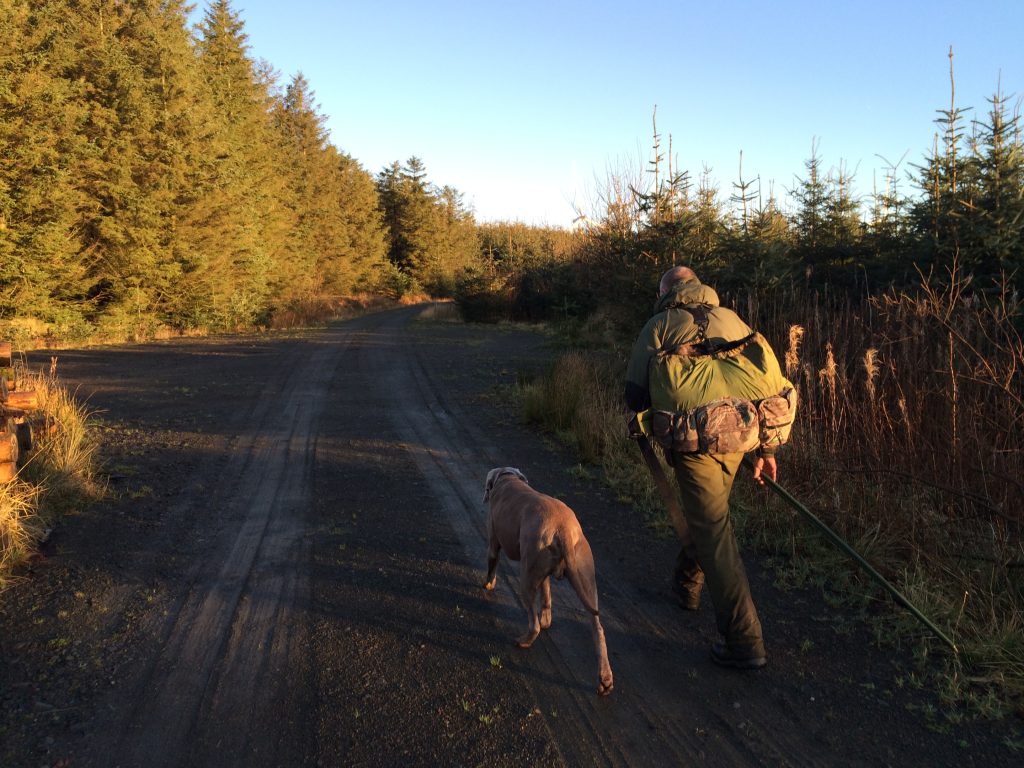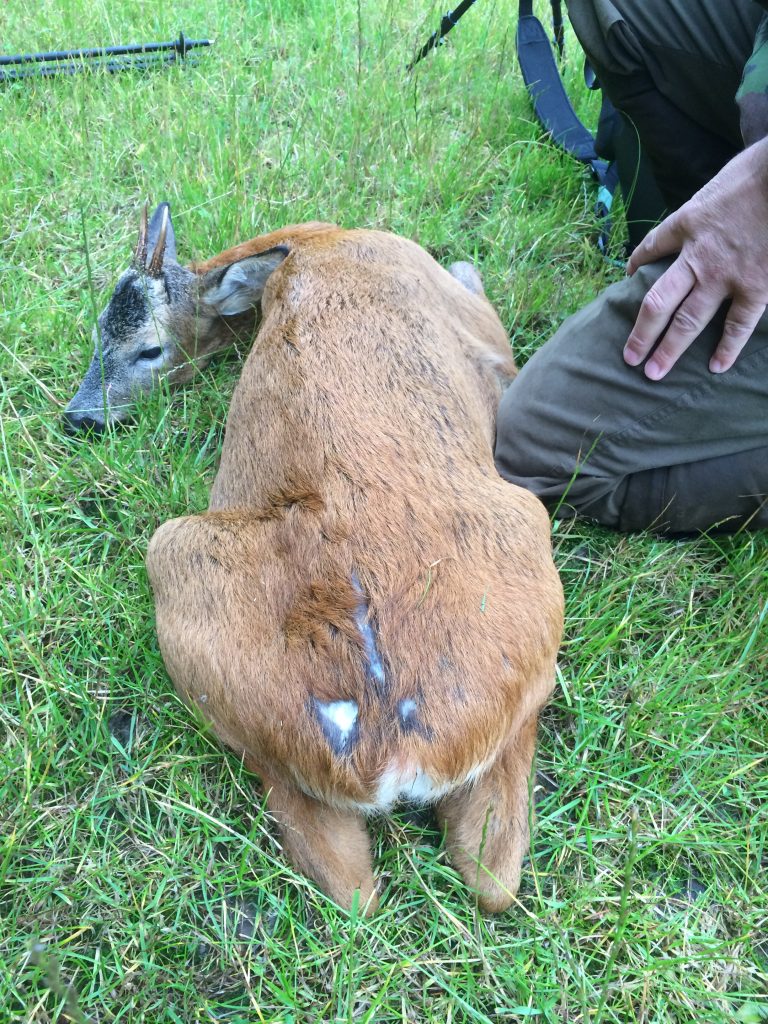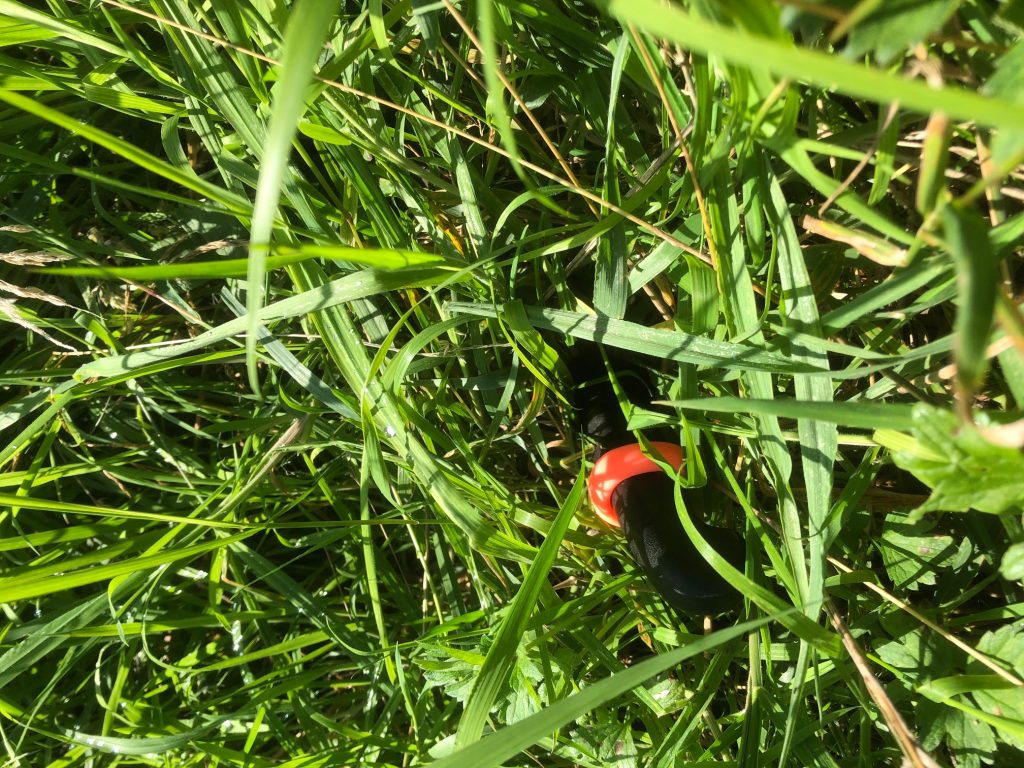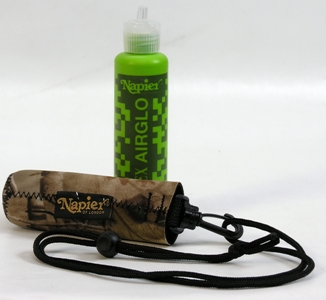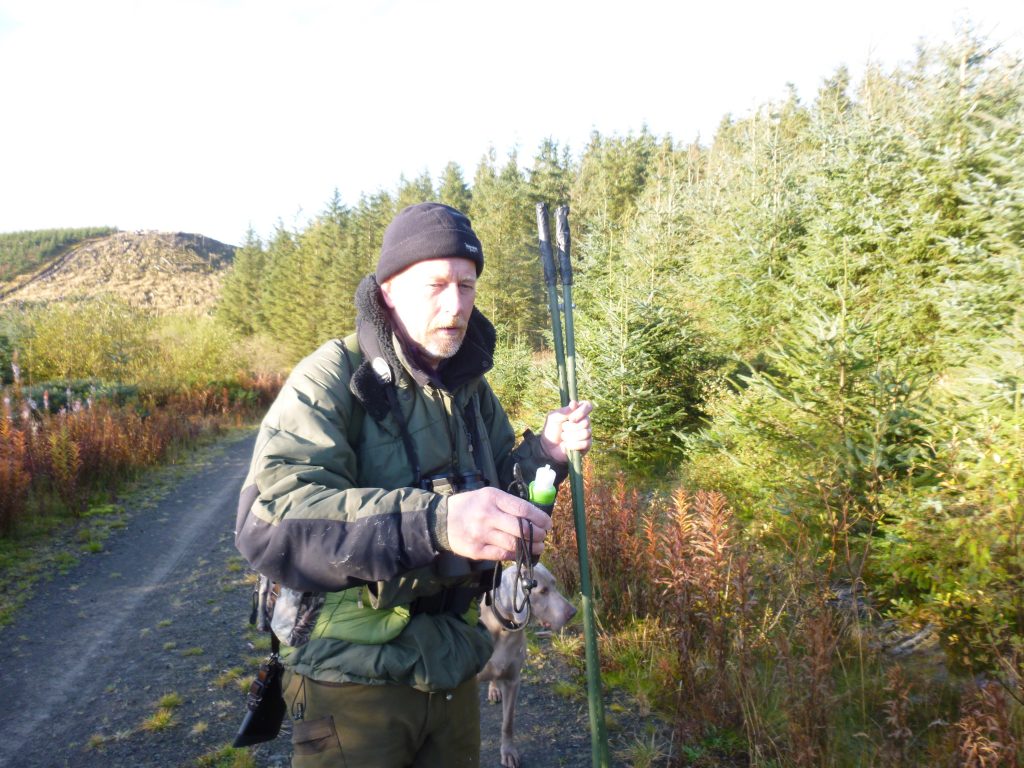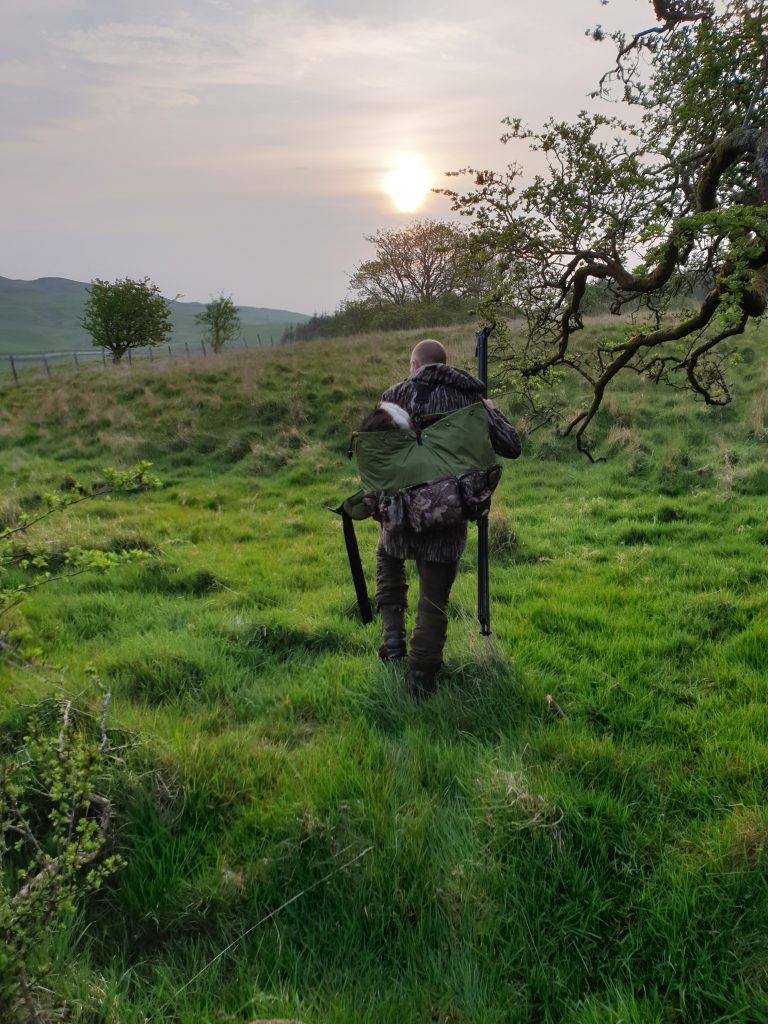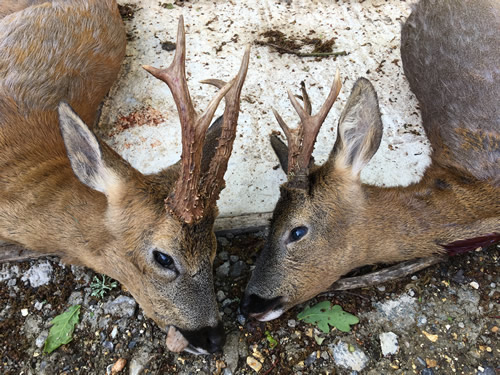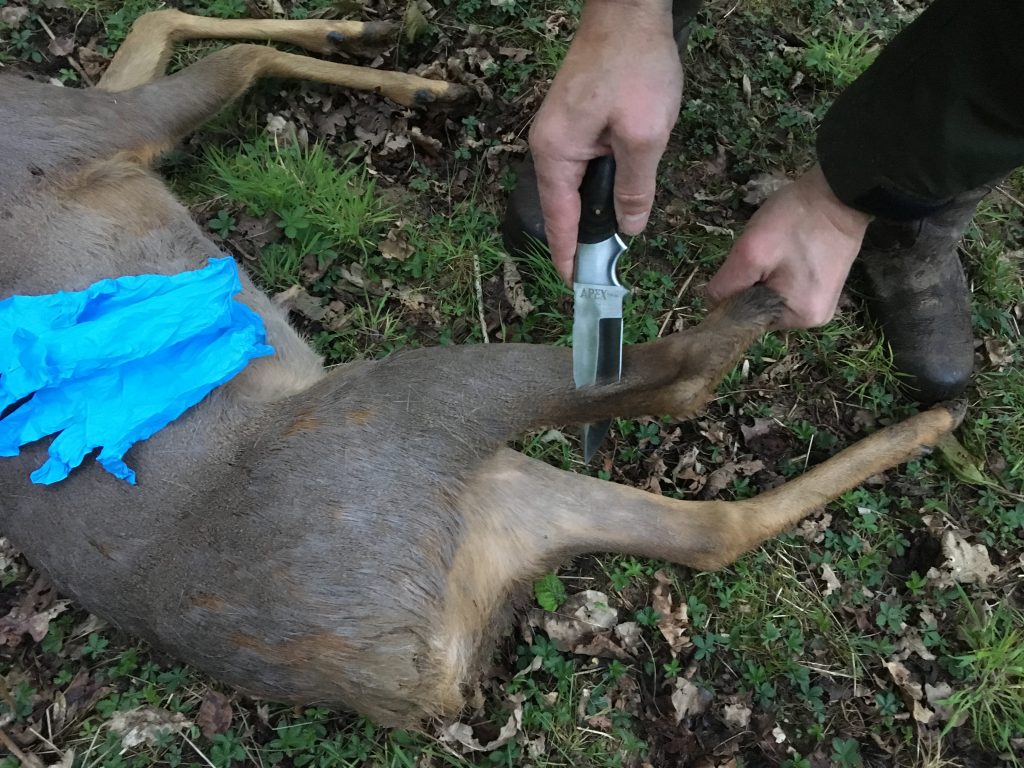(Will public perception be the end of us all?)
For many keen deerstalkers the months of April and May see the start of the Roe deer stalking season and for professional deer stalkers, brings in clients from Europe and other parts of the world. This is the start of our annual deer harvest.
I do not think it is necessary when talking about public perceptions to overly rehearse the arguments about keeping deer in balance with the range of desired habitats, preventing their conflict with agriculture and woodland and removing them from areas where they present a risk to the public as most hunters understand these points. The fact that deer provide an absolutely sustainable food source that is high in essential oils and vitamins and provides a healthy uncontaminated meat should further secure their place in our landscape and our role as hunters.
Unfortunately, I feel that we have recently seen a development in anti-hunting tactics which seems to drive at separating the activity heavily banded around, especially by the media, as ‘trophy hunting’ from hunting as a form of culling activity. Any well managed population will produce sufficient surplus males to allow a marketable cull which can economically secure the wellbeing of the population and harvesting genetically inferior or aged males passed their breeding age is entirely ethical and sustainable.
The UK is not the only country to get caught up in this furore which has the potential to damage rural economies such as Africa where economics play a huge role in the conservation in species. Undoubtedly, African countries that have a hunting economy alongside tourism economy as part of their tourism economy as a whole, have been enormously successful in protecting and expanding their wildlife. It brings real income into the hands of people who are face to face with wildlife on a daily basis and the loss of this income would bring huge economic impacts. Pro hunting countries such as Namibia have been so successful in this. For example, they have taken the black Rhino from near extinction in the 1960’s to the largest free ranging population in the world. At the same time, they have achieved success with their Cheetah and Leopard populations and are an example to many. They have also taken their elephant population from a mere 7,500 in 1995 to over 22,000 to date.
As a result of their conservation success, they have practically tripled their wildlife numbers in many cases and have focused right in through Government policy on managing human/wildlife conflict. It seems incredulous to me that western society finds themselves, through social media, in a positon to feel that they can look down their noses at nations that have collaboratively demonstrated a wise use of natural resources. The success of Namibia has been that it has tailor made its conservation methods and married these with the needs of the people and in doing so, have managed to demonstrate significant strides forward.
Back at home, however, the activities that we all enjoy have come under the microscope in a way that I have not experienced before in my career. It will be a challenge to all of us who enjoy the privilege of managing natural resources and providing food for our own table to avoid the interference of individuals seeking to end what you do or push toward legislation that in the long term will threaten the nature that for so long, we have taken for granted and in so doing, destroy the very fabric of our remote communities.
Britain has one of the highest levels of urban dwelling communities of any European country and the urban/rural disconnect, no doubt, plays a huge role in whipping up public opinion to be anti-field sports.
Many of us have experienced this first hand, particularly those bringing in visiting hunters that shoot Red, Roe and other species and certainly last year, saw an almost incredible outpouring of anger and disbelief following on high profile culling of a feral goat. This took many of us by surprise particularly as the Scottish Government and its agencies have made it a priority to reduce the impacts of alien non-native (feral) species and to seek their removal by both their policies and actions.
In our own instance, it has led to multiple death threats along with other lengthy forms of abuse. Interestingly, though Government spent a lot of time and effort looking into the hunting activities, there was virtually no interest shown in following up any threats. To set the context, far from being unusual, more than 20,000 red stags are culled every Autumn in Scotland and probably around 200 Billy Goats, one is a native species which has been managed for thousands of years by the Highland people and is a huge supporter of our rural people both economically and socially and the other, the Goat, although designated an alien non-native has certainly been part of the highland scene since the Bronze age. So we are left asking what is intrinsically different in public perception between a paid government marksman shooting an animal as part of a cull and a blonde American lady shooting an animal as part of a cull.
Economically, it is quite easy to draw a conclusion, currently Government marksmen operate over large swathes of the public estate culling animals at the tax payers expense for a figure of north of 6 million pound per year in Scotland with limited local benefit with contractors frequently travelling in fairly large distances and shooting large percentages of their cull out of season and at night. Whereas, visiting hunters staying in local hotels, spend money in local shops and are prepared to pay fairly high figures for animals that they wish to collect and are available due to managed surplices.
So having rehearsed the economic argument, I feel very quickly that we get to the issue that it is fairly easy to make the need for the case for control be it any wild, native or feral non-native mammal and though there may be perception challenges in the public’s mind, the north American mink and the Goat are equally non-native to our landscapes and require management and control to prevent negative impacts. So I think it comes down to the perception of the word ‘trophy’. Having looked at the term ‘trophy’, we can see that the Romans looked at the word as a emblem of success or achievement and in modern times, connected to game, it has taken on a whole new meaning being referred to frequently on the internet as ‘hunting of a wild game animal for human recreation’. Interesting, the shooting community in the UK has made no effort up to this stage to identify what a trophy is or indeed what it is not, whether it may be a child with his or her first rabbit or a visiting hunter with his dreamed of Scottish stag. Though undoubtedly to both, the memory is equally important.
Over the years, I have probably taken thousands of photographs of visiting sportsmen with their Stags, Roe bucks, Hinds and most of these have been kept by the individual as a memento of an occasion that they cherish. I think the fundamental difference today is the rise of the grip and grin photograph on social media. It is almost worrying now that people cannot wait even when up the side of a remote Scottish mountain to share their success to the world through social media platforms whether they wish to see it or not and at the risk of being on the receiving end of a storm, I think this is where change is required. I do not think that we require legislation to highlight what we should or should not share or to penalise outfitters or Estates when perhaps a simple attention to what is acceptable to the wider public or not is used as a barometer. I think before posting or sharing, remember the words of the poet and bard Robbie Burns, ‘Oh the gift that god should give us to see ourselves as others see us’.
Enjoy your Roe buck season, support your local farming community by controlling problem foxes, be ambassadors in what you believe in and work together to secure our future.
